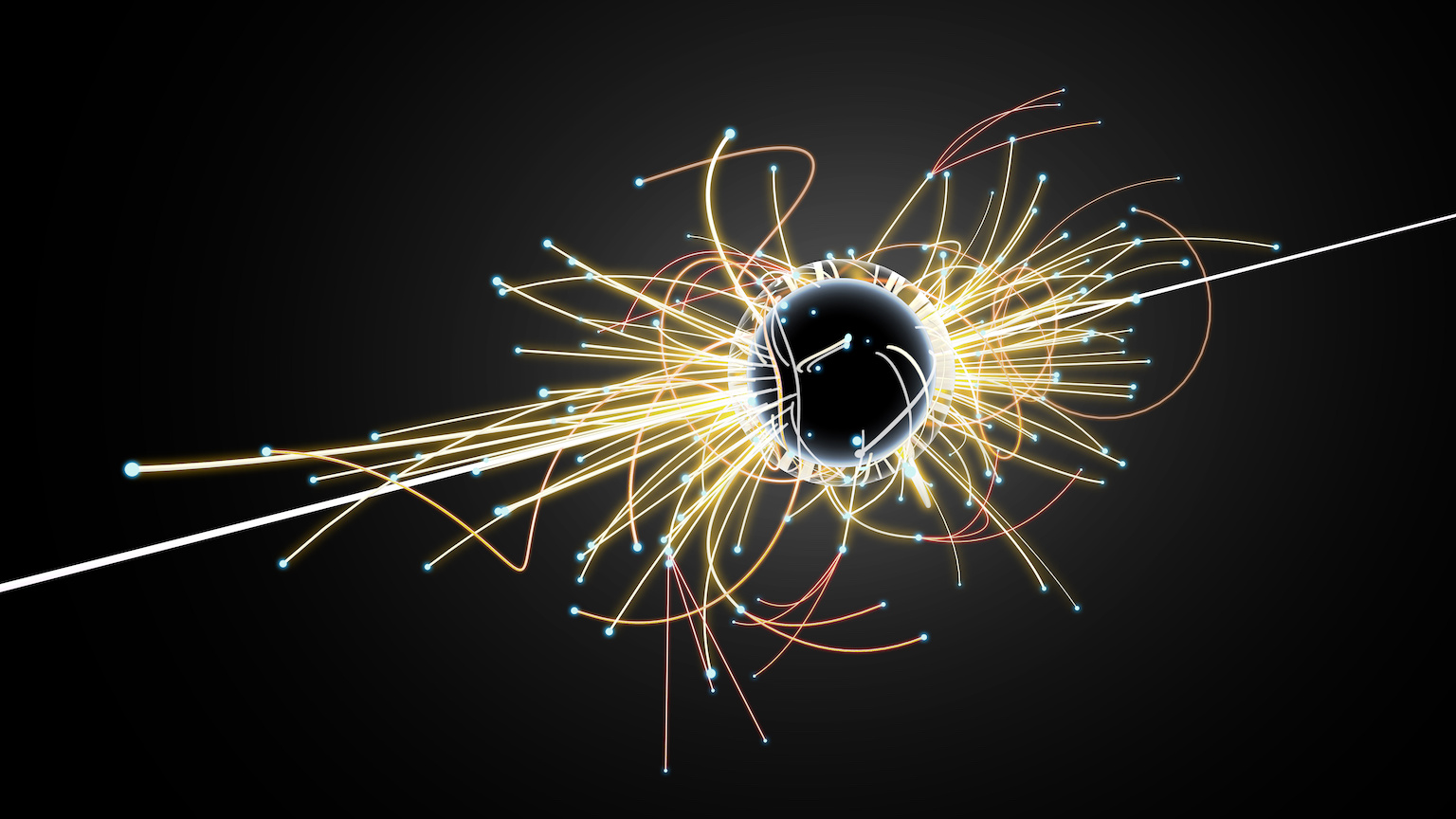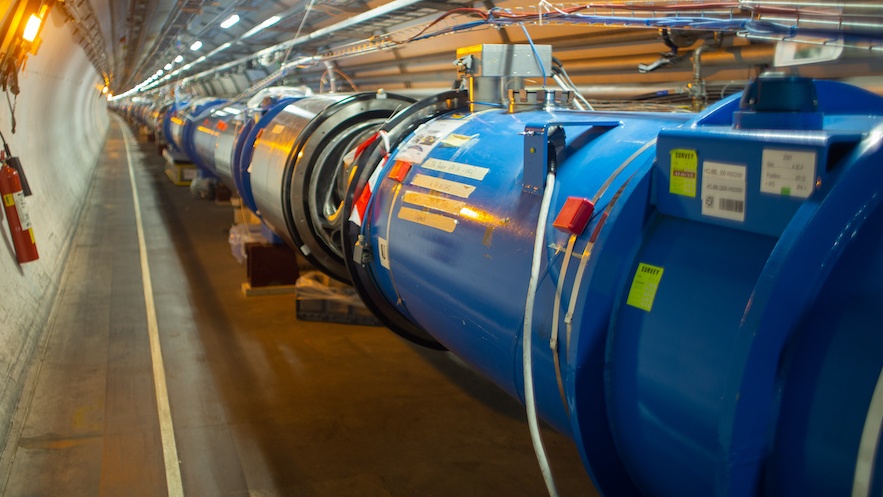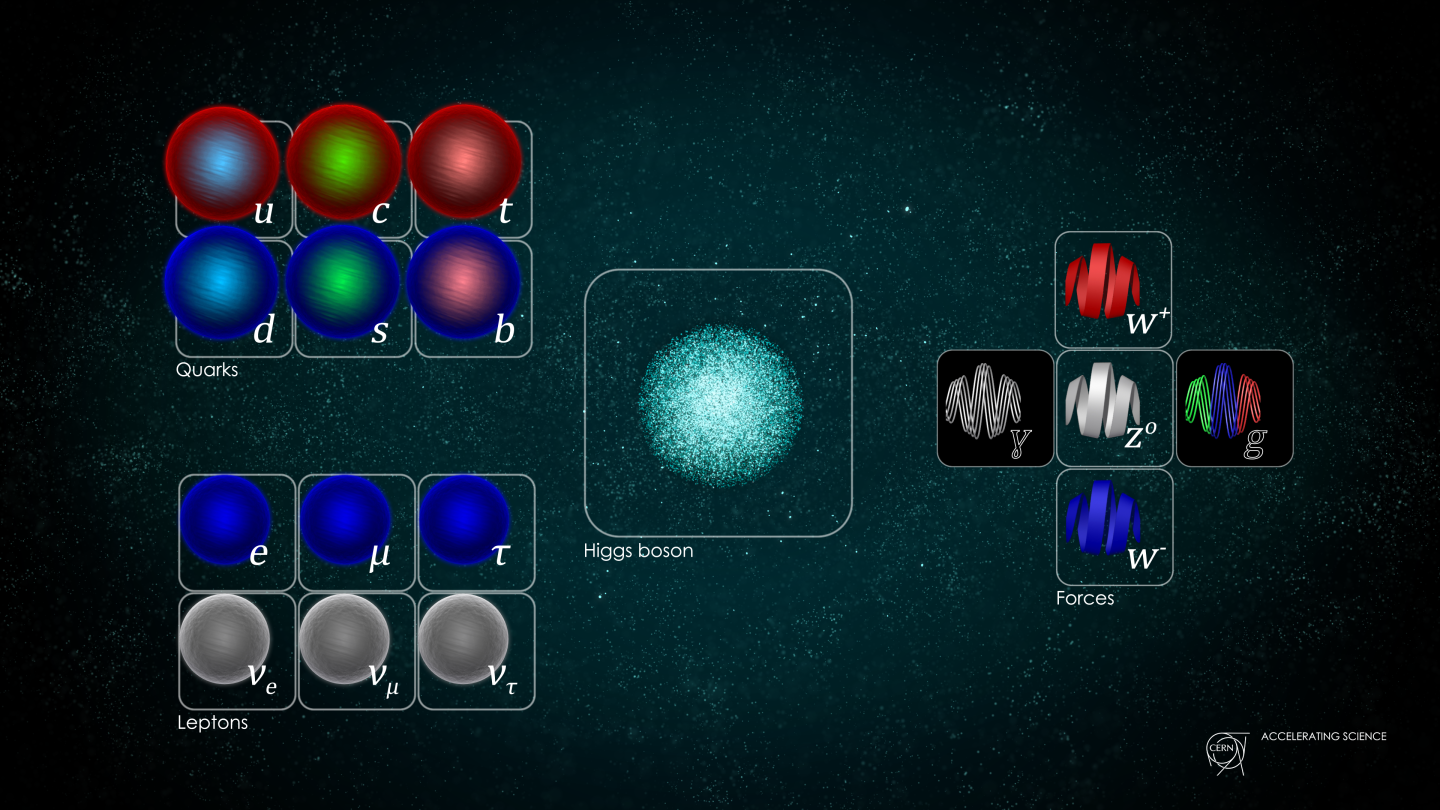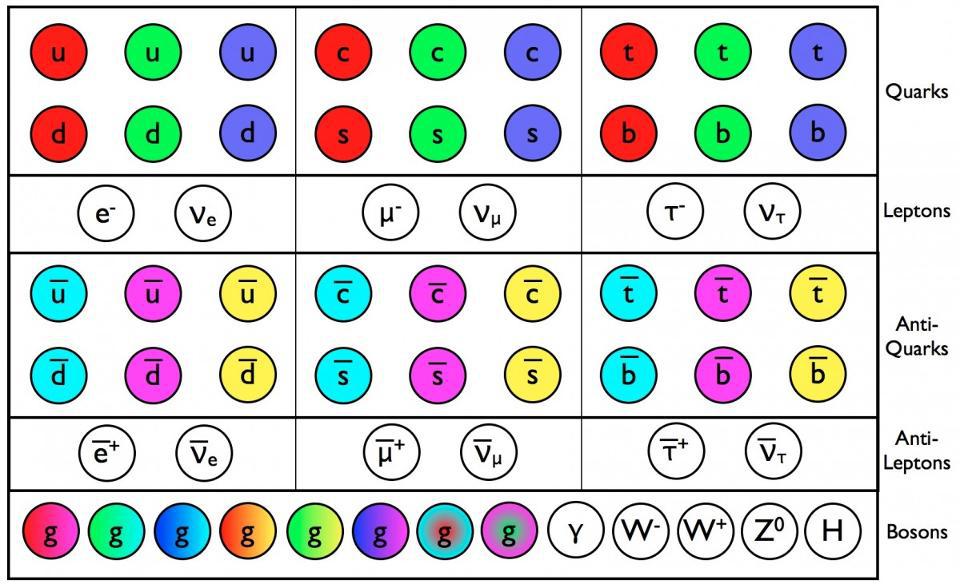Higgs boson was discovered 10 years ago. What have we learned about it since then?
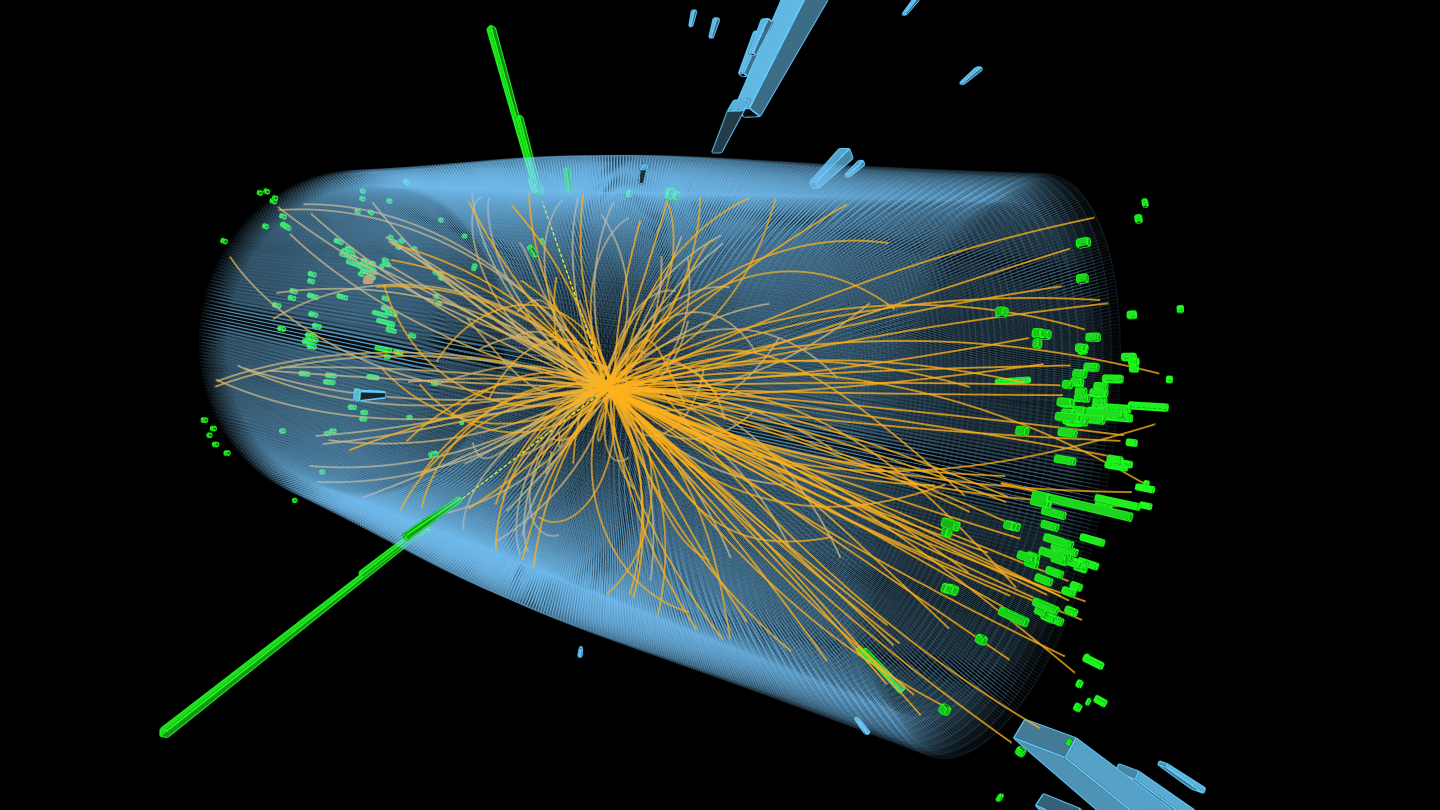
- The Higgs boson was discovered on July 4, 2012. This monumental achievement was validated with the 2013 Nobel Prize.
- The boson serves as the missing piece in the Standard Model, the main theory at the heart of particle physics.
- We have learned some new things about the Higgs boson in the past decade, but our understanding of the particle is still in its childhood. The next decade will bring us into adulthood, which will be followed by a lifetime of discovery.
In the U.S., July 4 means celebration — picnics and fireworks and, among the more historically inclined, even a respectful recollection of the nation’s first official step toward independence, nearly two and a half centuries ago. For particle physicists, July 4 has another meaning: It’s the birthday of the Higgs boson.
Exactly ten years ago, researchers announced the discovery of the Higgs boson, often popularly referred to as the “God Particle,” after Leon Lederman’s book of the same name. The boson is the observable consequence of the Higgs field, which is an energy field that spans the Universe and gives mass to the smallest known building blocks of nature. The theory that describes those building blocks is called the Standard Model, and the Higgs boson was the last component of the theory to be observed.
The missing piece of the Standard Model
The Standard Model is the most successful theory proposed to describe the nature of the physical world. Using merely twelve particles and a few forces, scientists can explain the outcome of all experiments investigating the nature of matter and energy in the subatomic realm.
The familiar world of pizza and puppies, tornadoes and sunsets doesn’t require the full power of the Standard Model; instead, only a subset is needed. Our world is made of atoms, each composed of even smaller protons, neutrons, and electrons. Physicists know of yet smaller subatomic particles called quarks, found inside protons and neutrons. Combined with two different types of nuclear forces and electromagnetism, researchers understand why the sun burns and airplanes fly.
The Standard Model almost died
The Standard Model was developed in the 1960s and 1970s, and it appeared very promising. However, it had a seemingly fatal flaw. It only worked if all the building blocks of nature had zero mass and, even as the model was being developed, this was known not to be true. After all, the electron’s mass had been measured and known for decades, and the electron is one of the twelve particles of the standard model.
This prediction could have been the death knell of the theory, but it was saved in 1964, when three different groups of physicists proposed what has become known as the Higgs field — named after Peter Higgs, who was one of the physicists involved in developing the theory. The Higgs field is an add-on to the Standard Model — a Band-Aid, really — which retained the explanatory power of the model but also gave mass to the smallest building blocks of nature. However, the whole edifice of the Standard Model relied on the Higgs boson being discovered. No Higgs boson (or something equivalent), and the entire theoretical concept was in jeopardy.
A high-stakes hunt
So, the hunt was on. And it wasn’t easy. It took nearly half a century simply to develop the technology capable of producing Higgs bosons. Finally, in the summer of 2012, researchers succeeded. (Disclosure: I am one of the co-authors of the two papers describing the boson’s discovery.) How did we do it?
Scientists took two beams of highly energetic protons and accelerated them nearly to the speed of light using the Large Hadron Collider (LHC), the world’s most powerful particle accelerator. The beams collided in the center of two enormous detectors, each as big as a moderately sized office building. Using the physics embodied in Einstein’s famous equation, E = mc2, the energy of the collision was transformed into Higgs bosons.
The Higgs boson was not detected directly, as it decays too quickly, so researchers looked for its decay products. After considerable effort and cross-checking of data, the discovery of the Higgs boson was formally announced. The Standard Model of particle physics was validated, and this grand achievement was acknowledged by the 2013 Nobel Prize in physics to Peter Higgs and François Englert, two of the architects of the Higgs theory.
What have we learned since then?
However, the initial data reported a decade ago was preliminary and sketchy, with many questions still unresolved, including the possibility that additional variants of Higgs bosons remain to be discovered. So, what improvements have the intervening years brought?
To begin with, researchers are now quite confident that the Higgs boson predicted back in 1964 and the particle discovered in 2012 are the same. Furthermore, there are probably no additional variants. Scientists have studied the boson’s decay properties and found that it decays into a variety of ways, exactly as expected. In short, the Higgs theory appears to be correct.
On the other hand, the Higgs theory is simply an add-on to the version of the Standard Model with mass-less particles. It doesn’t arise from underlying principles. This means that we don’t really understand it at a satisfactory level. To achieve that level of understanding, more investigation is necessary.
What we will continue to learn
For the next two decades or so, scientists will continue to use the LHC. The LHC began operations in 2011, with the Higgs discovery occurring in 2012. Since then, researchers have collected 20 times as much data, which is why they are even more confident that they have found “the” Higgs boson. Over the next couple of years, scientists will double the data again. Then, after a couple years of upgrades, the LHC will resume operations and deliver 20 times as much data as has currently been recorded. In other words, today’s data represents a mere five percent of what the final tally is expected to be, with a corresponding improvement in our understanding.
However, to really dig into the underpinnings of the Higgs boson theory, scientists need to create another accelerator, one that collides electrons and antimatter electrons. Such an accelerator would be much more precise than the very powerful, but clumsy, LHC. If frontier research were opening a door, the LHC would be a sledgehammer, while the next accelerator would be a key.
Construction for this new accelerator has not begun. (No final decision has been made to build it.) But, if it is approved, it will not begin operations until the 2040s. This new accelerator would be able to improve measurements enough to cut the uncertainties by a factor of ten and often more. It would precisely be able to measure the lifetime of the Higgs boson and even explore how the Higgs field gives mass to the Higgs boson itself. Measurements like these will help shed light on the fundamental origins of the Higgs field.
The past decade has been the childhood of experimental Higgs physics. The next decade will bring our understanding of the Higgs boson fully into adulthood, followed by a lifetime of discovery.
